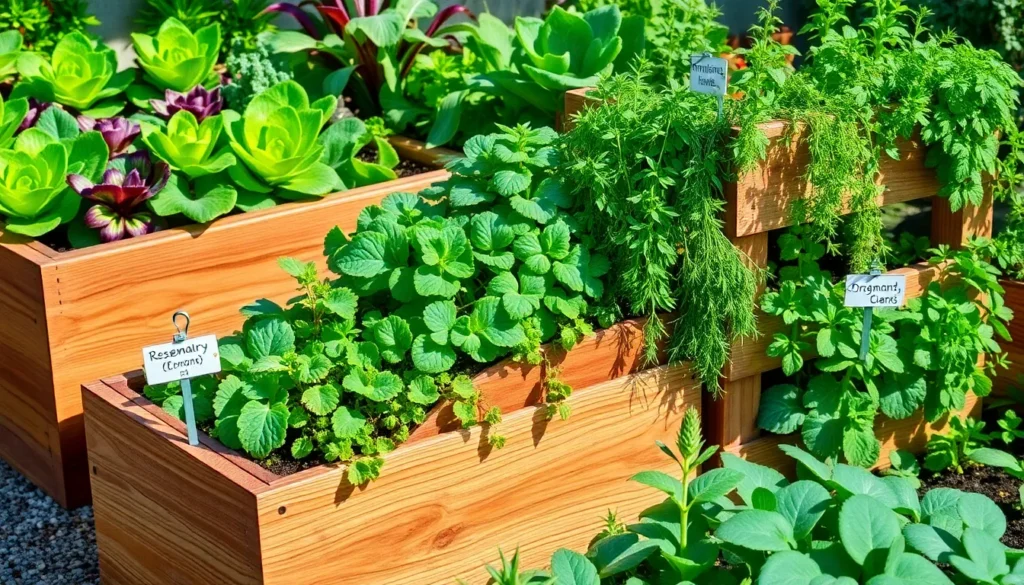Gardening is more than just a hobby; it’s a delightful journey of creativity and connection with nature. Whether you’re a seasoned gardener or just starting out, the possibilities of what you can grow and how you can grow it are truly endless. Today, we’re diving into the world of raised bed garden designs, a versatile and rewarding approach that offers both functionality and a touch of artistry to your outdoor space. Raised beds are not only a practical solution for maximizing space and enhancing soil quality, but they also allow you to infuse your garden with unique style and personality.
In this article, we’ll explore eight innovative raised bed garden designs that are sure to inspire and engage gardeners of all levels. From whimsical spirals to sleek, modern geometries, each design provides a unique opportunity to tailor your garden to your personal taste and the specific needs of your plants. You’ll discover how these designs can transform your gardening experience, offering easier maintenance, improved drainage, and optimized growing conditions. So, grab your gardening gloves and let’s embark on this creative adventure, where every plot of soil holds the promise of beauty and bounty.
Choosing Unique Bed Shapes
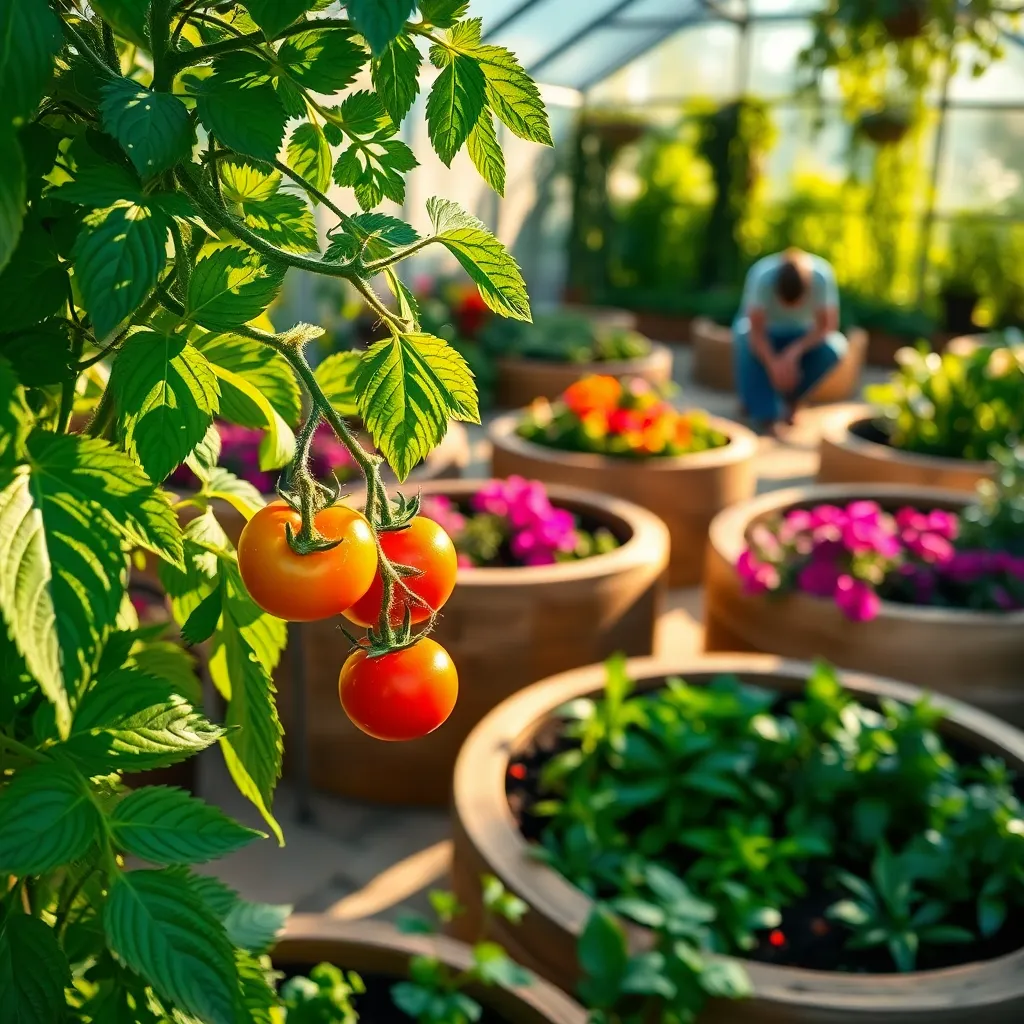
When choosing unique bed shapes for your raised garden, consider the space you have and the visual impact you want to create. Opt for shapes like circles, keyholes, or spirals to add an element of surprise and aesthetic appeal to your garden.
For those starting out, a circular bed can be an excellent choice as it allows for easy access from all angles. Beginners should use a rich, well-draining soil mix, ensuring regular watering during dry periods to keep plants thriving.
More advanced gardeners might experiment with spiral beds, which are ideal for maximizing vertical space and creating microclimates. Plant herbs that prefer well-drained soil, such as thyme, on top, while moisture-loving plants like basil can thrive at the bottom.
To create a keyhole garden, which is both efficient and eco-friendly, use a combination of composting and planting in a U-shape around a central compost basket. This design allows gardeners to maintain soil fertility naturally and manage water use more effectively.
Incorporating Vertical Elements
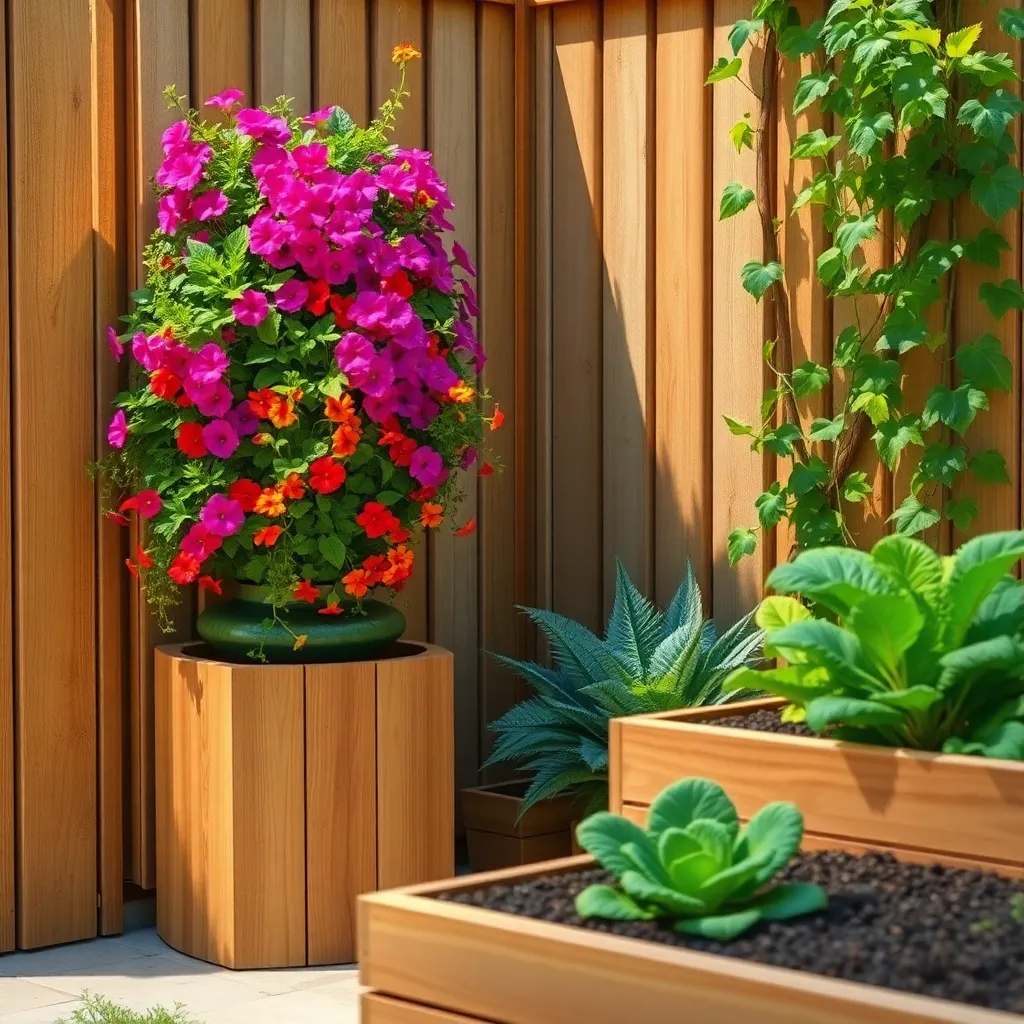
Adding vertical elements to your raised bed garden can maximize space and create visual interest. Consider installing trellises or obelisks to support climbing plants like beans, peas, or cucumbers, which not only save space but also improve air circulation.
Incorporate a variety of materials for your vertical supports, such as bamboo poles, metal stakes, or recycled wood. Ensure the structures are sturdy enough to hold the weight of mature plants, and secure them deeply in the soil to withstand wind and weather.
For beginners, using a simple A-frame trellis can be an easy start. These structures are inexpensive and can be constructed quickly with materials from your local garden center or hardware store.
Advanced gardeners might experiment with espalier techniques, training fruit trees to grow flat against a wall or fence. This not only saves space but also increases sun exposure and fruit production, offering an elegant and productive addition to your garden.
Colorful Companion Planting Ideas
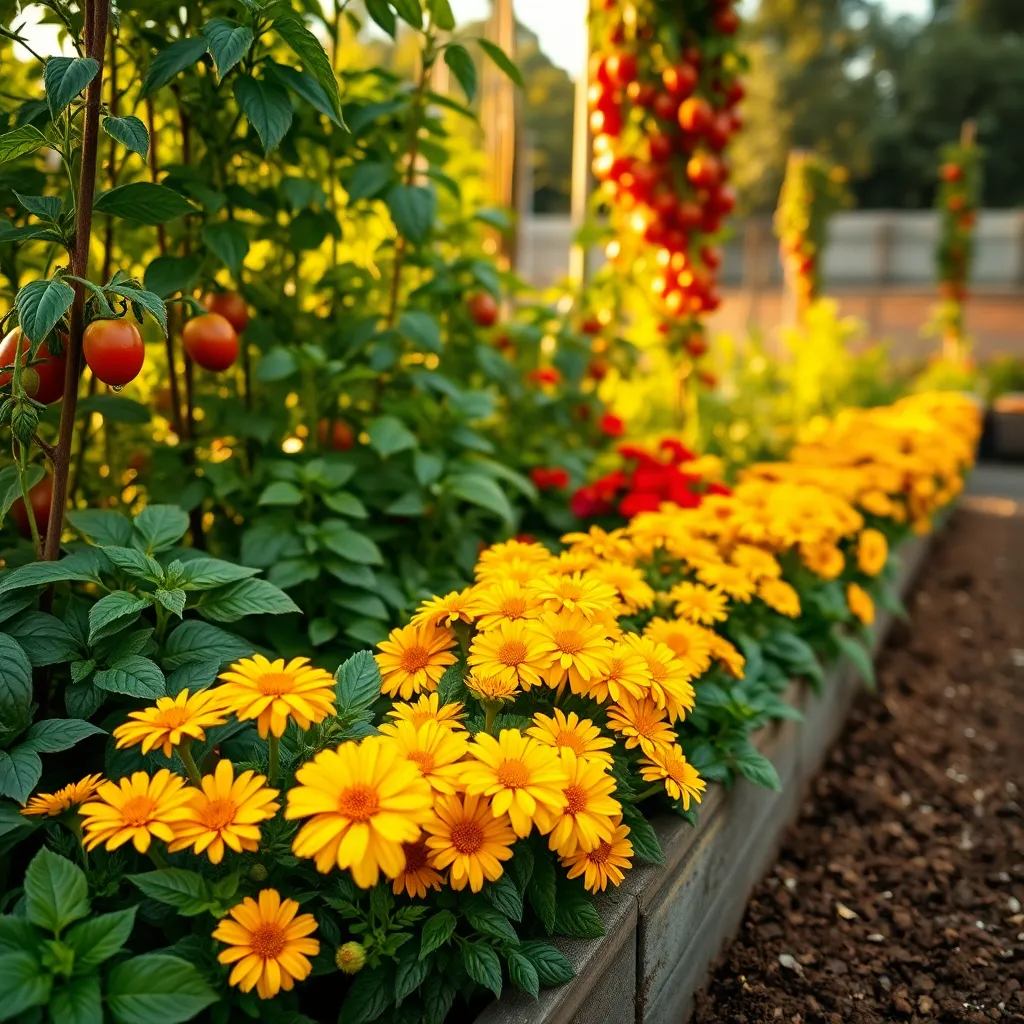
Companion planting is an excellent way to enhance the aesthetics and health of your garden. By choosing plants that thrive together, you can create a vibrant tapestry of colors while promoting natural pest control and improved growth.
Consider pairing marigolds with tomatoes for a splash of color and natural pest deterrence. Marigolds are not only beautiful but also act as a natural repellent for nematodes, protecting your tomatoes’ roots.
For a striking visual and beneficial pairing, try planting basil alongside your peppers. Basil enhances the flavor of peppers and its aromatic leaves help deter aphids and other common pests.
Another colorful combination involves pairing nasturtiums with cucumbers. Nasturtiums attract beneficial insects and add a bright burst of color, while their trailing habit can help shade the ground and retain moisture for your cucumbers.
Ensure your raised bed has well-draining soil enriched with organic matter to support these vibrant pairings. Regular watering—about 1 inch per week—is crucial for maintaining the healthy growth of these companion plants.
Integrating Herb Spirals Creatively
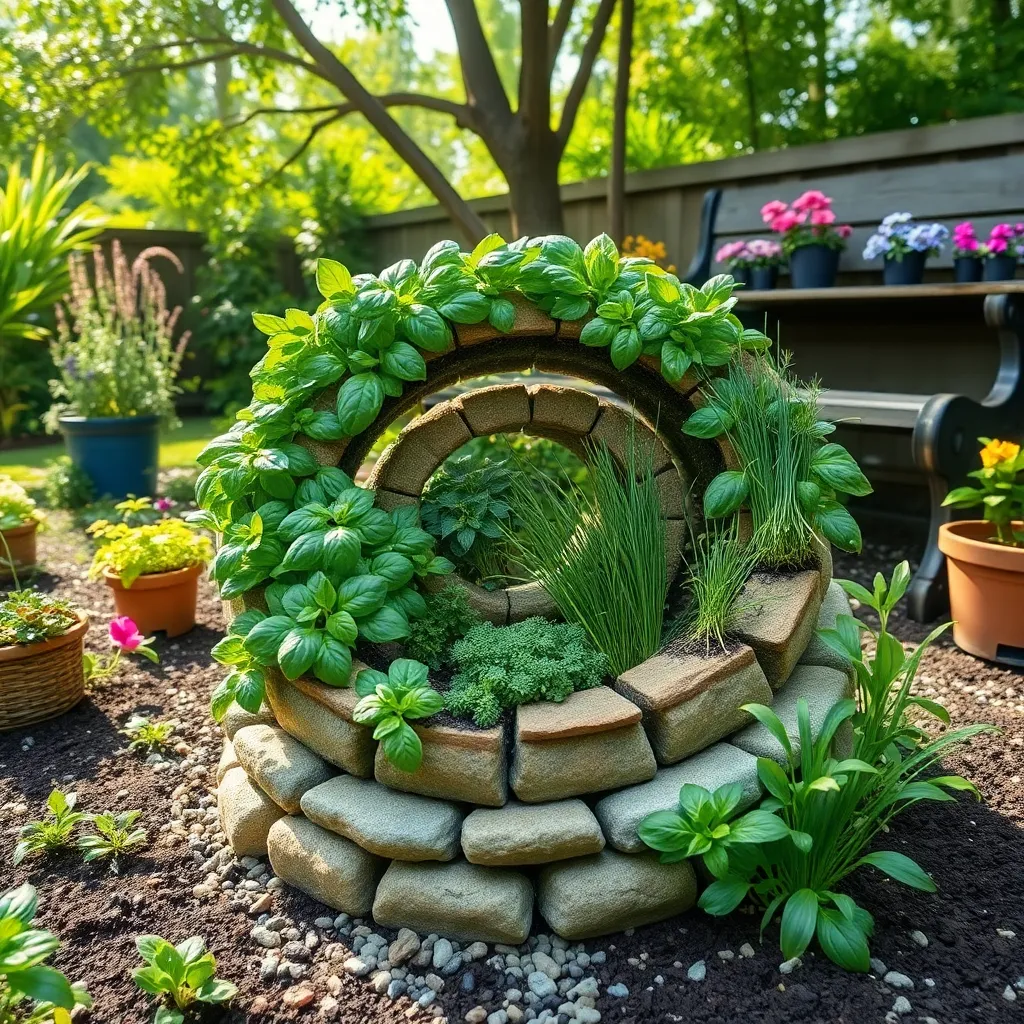
Herb spirals are a creative way to maximize space and create a visually appealing garden feature. By building vertically, you can accommodate a variety of herbs with different sunlight and moisture requirements in a compact area.
To construct an herb spiral, start with a base of rocks or bricks, spiraling upward to create tiers. This design allows for excellent drainage at the top, perfect for Mediterranean herbs like rosemary and thyme, while the lower levels retain more moisture for herbs like mint or parsley.
Consider the direction the spiral faces, as this will influence the amount of sunlight each level receives. Plant sun-loving herbs such as oregano and basil on the sunniest side, and place shade-tolerant herbs like chives on the shadier sections.
For beginners, starting with a small spiral about three feet in diameter is manageable and effective. Use a well-draining soil mix to ensure healthy root development, and water the spiral from the top to let gravity assist with even distribution.
Experienced gardeners can experiment with incorporating companion plants to support the herbs and enhance growth. Add flowers like marigolds at the base to attract beneficial insects, or include strawberries to add a splash of color and flavor.
Tiered Bed Garden Layouts

Tiered bed garden layouts offer a dynamic solution for maximizing space and creating visual interest in your garden. By stacking garden beds in ascending levels, you can make efficient use of vertical space while adding depth and dimension to your garden. This approach is perfect for sloped landscapes or small yards where space is at a premium. Tiered beds can be made from various materials like wood, stone, or metal, allowing you to choose what best fits your aesthetic and budget.
When setting up tiered beds, consider the sun requirements of your plants. Place sun-loving plants on the top tier to ensure they receive adequate light, while shade-tolerant varieties can thrive on lower levels. Ensure that the soil is well-draining and rich in nutrients to support diverse plant growth across different tiers. Mixing compost or aged manure into your soil is a great way to boost fertility and drainage.
Watering can be a challenge in tiered gardens, as the top tiers tend to dry out faster than the lower ones. Use a drip irrigation system to deliver consistent moisture levels to each tier, reducing water waste and ensuring even distribution. Mulching is another effective technique to retain soil moisture and suppress weeds, offering additional protection for your plants.
For beginners, start with hardy plants like marigolds, basil, or lettuce, which are forgiving and easy to grow. Advanced gardeners might experiment with intercropping techniques, planting fast-growing species alongside slower ones to maximize yield. Regularly check your plants for pests and diseases, and rotate crops annually to maintain soil health and productivity. With a little planning and care, tiered bed gardens can be both productive and beautiful.
Whimsical Themed Bed Designs
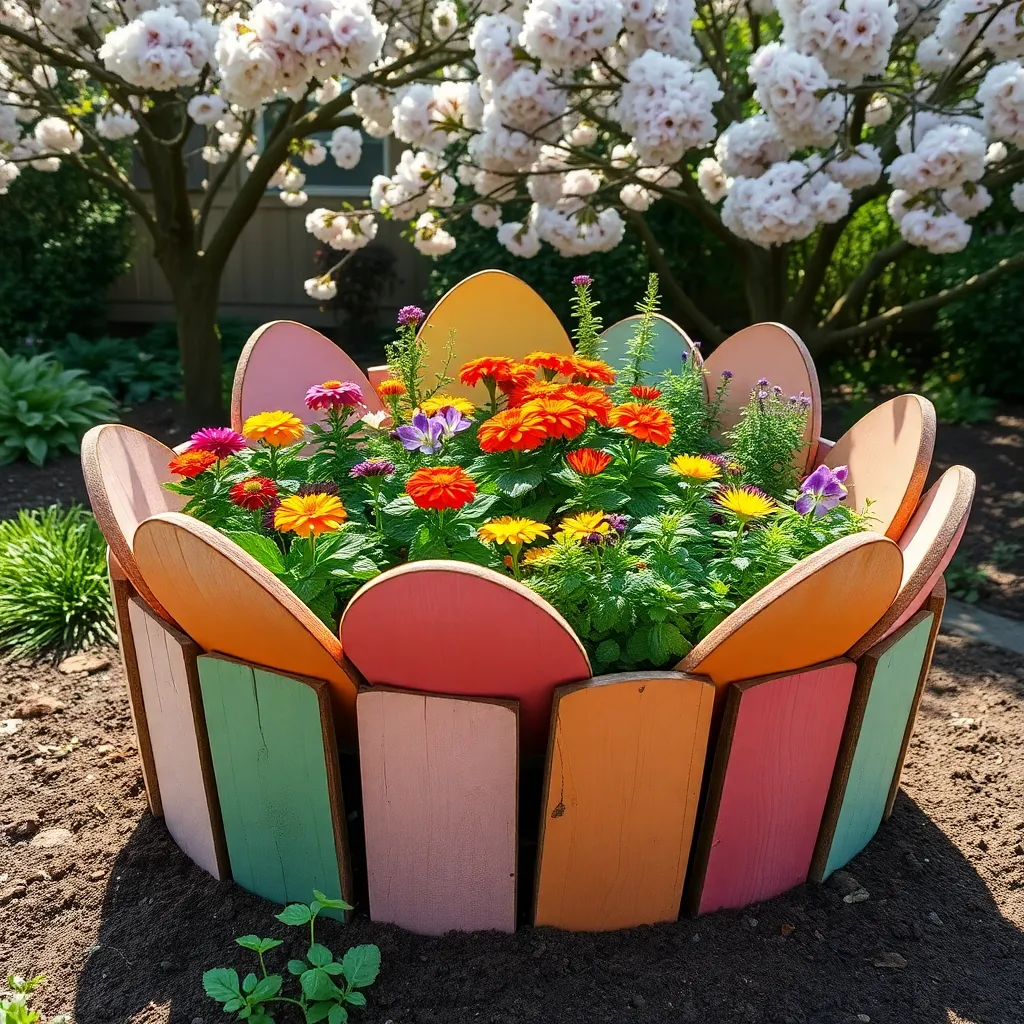
Transform your garden into a whimsical wonderland by incorporating unique shapes and themes into your raised beds. Consider using recycled materials like old wheelbarrows or wooden crates as containers to add character and charm.
For a fairy-tale feel, plant a mix of vibrant flowers such as zinnias, pansies, and marigolds. These flowers thrive in well-drained soil and require regular watering, especially during dry spells, to maintain their vivid colors.
Integrate playful elements like miniature garden gnomes or a small birdbath to enhance the whimsical atmosphere. Position these elements strategically among your plants to create visual interest and encourage garden visitors to explore.
For advanced gardeners, experiment with layering textures by combining foliage plants like ferns and hostas with flowering varieties. This approach not only adds depth but also ensures year-round interest as some plants will remain lush even when others are not in bloom.
Incorporating Recycled Materials
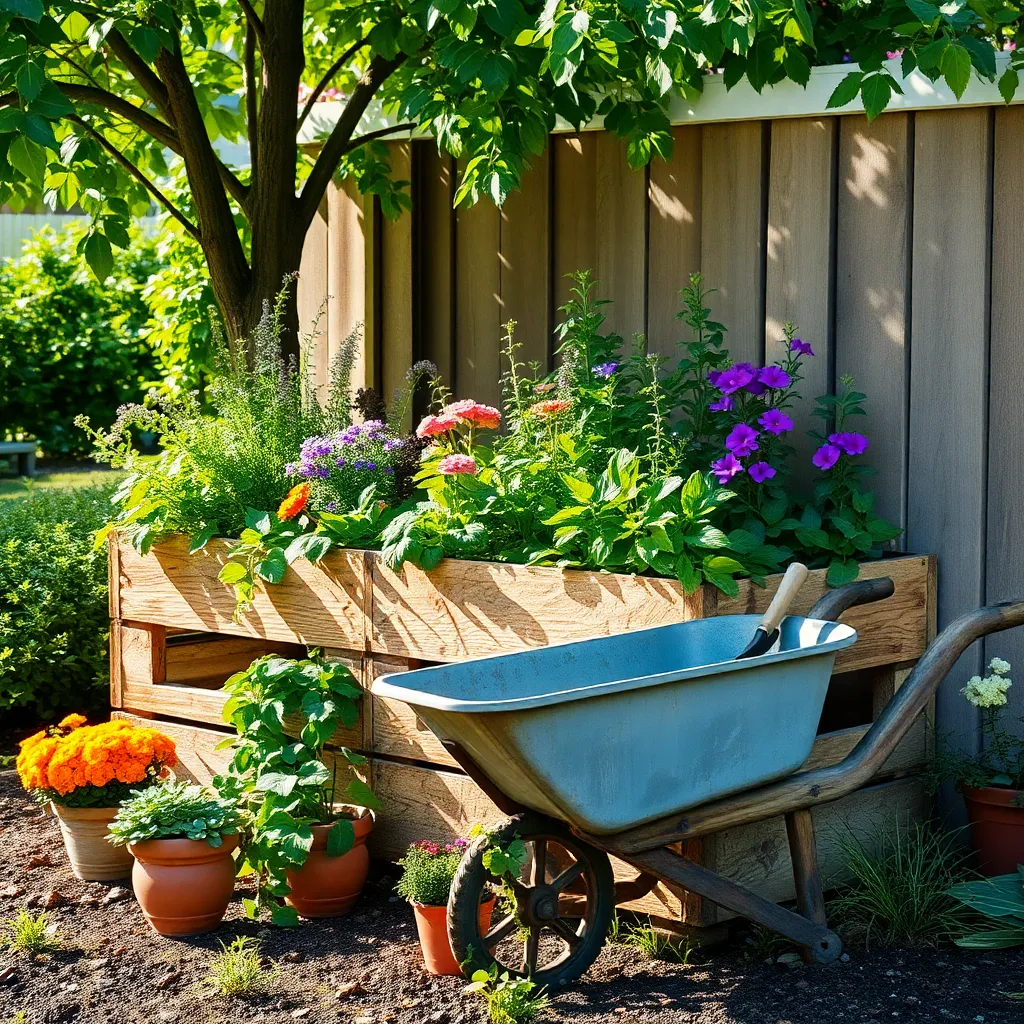
Embracing recycled materials in your garden is not only eco-friendly but also budget-friendly. Old wooden pallets can be transformed into raised bed frames, offering a rustic charm while keeping plants neatly contained.
Consider using empty wine bottles as borders for your raised beds, which can add a touch of elegance. The bottles can be positioned neck down into the soil, creating a colorful and durable barrier that helps retain soil and moisture.
Furthermore, repurposing large tin cans as planting containers can be both practical and decorative. Ensure to drill drainage holes at the bottom, then fill them with a mix of compost and garden soil to create a nutrient-rich environment for your plants.
For those with a knack for creativity, old tires can be stacked and painted to serve as unique, circular raised beds. Plant herbs or flowers in these, ensuring they receive ample sunlight and watering them consistently to maintain healthy growth.
Lighting Tips for Nighttime Appeal
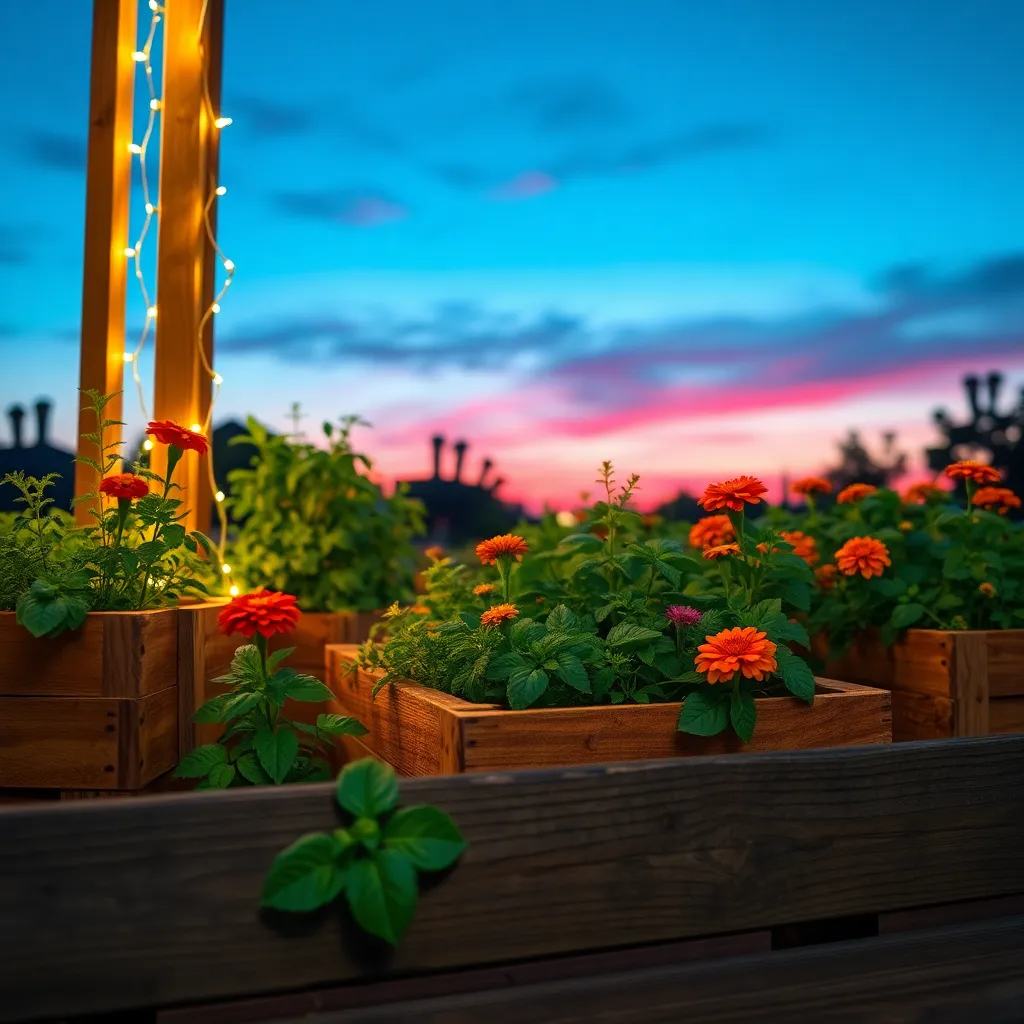
Adding lighting to your raised bed garden can transform it into a magical nighttime oasis. Consider using solar-powered lights for an eco-friendly and easy-to-install option that highlights your plants without the need for wiring.
Strategically place lights to enhance both aesthetics and functionality, ensuring pathways are well-lit for safe navigation. Lanterns or string lights draped around the perimeter of your beds can create a warm ambiance, inviting you to enjoy your garden even after the sun sets.
Experiment with accent lighting to highlight feature plants or unique garden structures. By placing spotlights at the base of taller plants or trellises, you can cast dramatic shadows and bring attention to the varying textures and heights of your garden.
For a more advanced approach, consider using LED strip lights along the edges of your raised beds. These lights can be adjusted to different colors or brightness levels, offering a customizable experience that suits your mood or occasion.
Conclusion: Growing Success with These Plants
In exploring ‘8 Fun Raised Bed Garden Designs,’ we’ve delved into creative approaches that mirror essential relationship concepts: communication, adaptability, shared goals, space for growth, nurturing, balance, patience, and celebration of diversity. Just as varied garden designs cater to different plants, these principles cater to the flourishing of your relationship.
To put this into immediate action, choose one concept to focus on this week. Perhaps it’s enhancing communication or creating a balanced environment. Implement small, intentional changes and observe the positive impact on your connection with your partner.
Bookmark this article as your go-to resource for nurturing your relationship garden. Having this guide at your fingertips will empower you to revisit and reinforce these principles whenever needed, ensuring your relationship thrives.
Remember, just like a vibrant garden, a successful relationship requires ongoing care and attention. By embracing these key concepts, you’re not only planting seeds for a healthier relationship today but also cultivating a future filled with growth and joy. Save this article now, and revisit it to keep your relationship blossoming beautifully.

